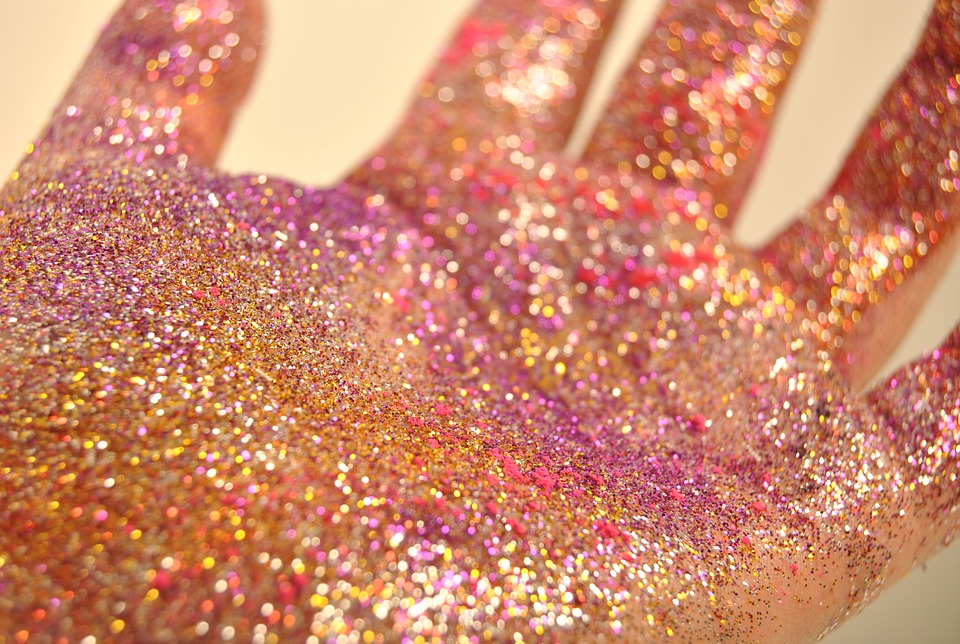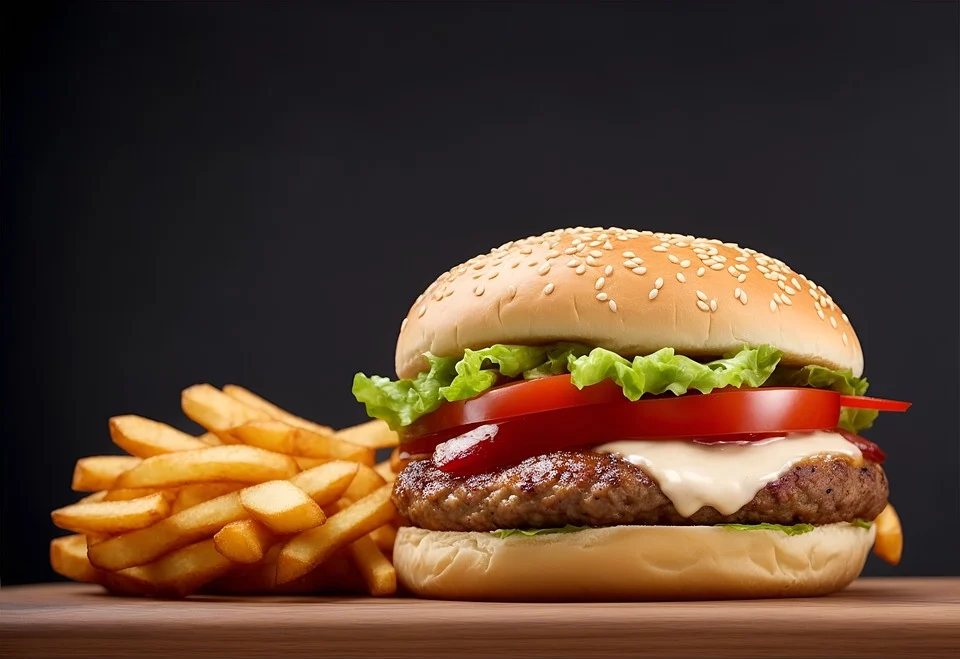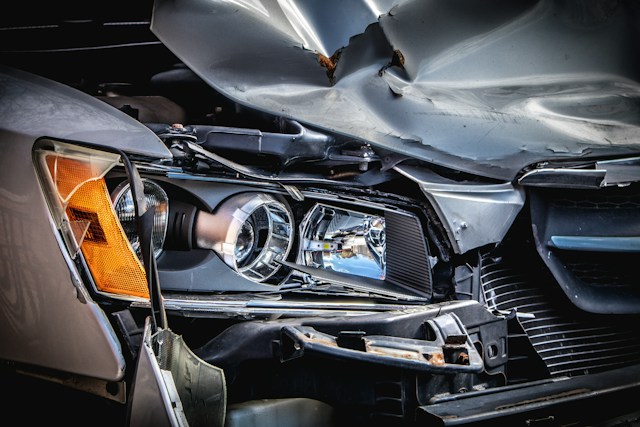Looking at the glitter, brings in mind the prospect of shiny, sparkly and Christmassy fun. But reports show it also has a dark side. Environmental impact of these has led some scientists to call for it to be banned.
Glitter is made of a microplastic
From baubles to wrapping paper, glitter is used in lot of items. These Glitters are manufactured from a microplastic generally known as Mylar. These tiny particles are making their way to our water sources via wastewater from our homes and via run-off from landfill sites.
Marine life is mistaking glitter for food
Glitters being very small in size are easily consumed by small marine organisms, which cannot distinguish between particles of food and plastic. These microplastics affect behavior functions and damage livers of these tiny creatures. When microplastics collect in their systems, they even die from starvation.
Glitters are very difficult to dispose of
These Microplastic particles tend to attract inorganic and organic chemicals to adhere to them… making them even more toxic. Moreover it takes thousands of years to break down.







